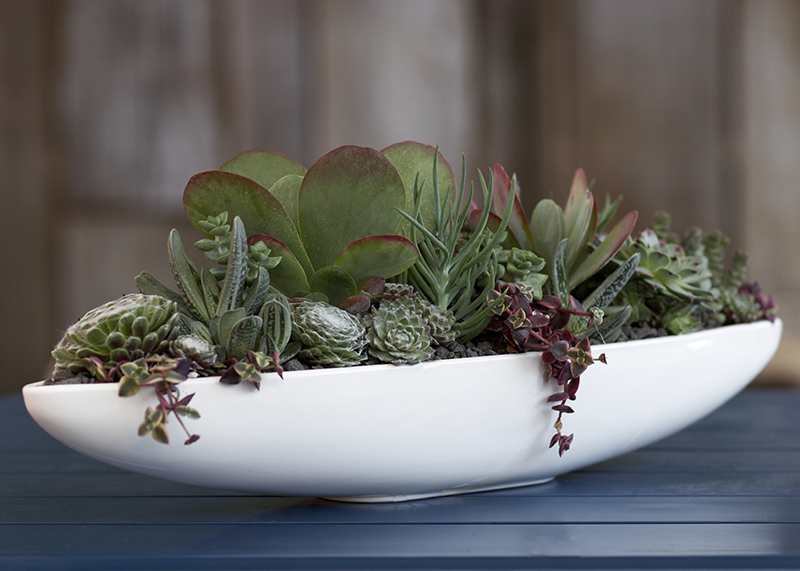


| height | 2–5in | |
| width | 6–18in | |
| tolerates | Cold, Drought, Pots, Wind | |
| water needs |
Moderate | |
| water info |
Sempervivums are drought tolerant succulents, wanting to go from wet to dry, but they’ll need additional water if they are grown in a particularly sunny hot spot, especially away from the coast or in a rock garden where the rocks will heat up the area. They are not so drought tolerant that they can survive without summer water. | |
| hardy to |
-20F | |
| exposure | Part Sun | |
| indoor outdoor |
Outdoor | |
| drainage | In Ground: Cactus Mix, In Pots: Cactus Mix | |
| fertilizing | All Purpose | |
| origin | Europe | |
| california native |
No | |
| sunset zones |
2–24 |
Full Sun
Six or more hours of sun beams directly landing on the plant's leaves.
Part Shade
Three to five hours of sun beams directly landing on the plant's leaves.
Part Sun
One to two hours of sun beams directly landing on the plants leaves.
Full Shade
The plant is never fully lit by sun beams,
but is in a bright spot or has dappled sunbeams playing over the leaves throughout the day.
Deep Shade
The plant never has dappled light on the leaves, and is in a place that feels dim, even on a nice sunny day.
